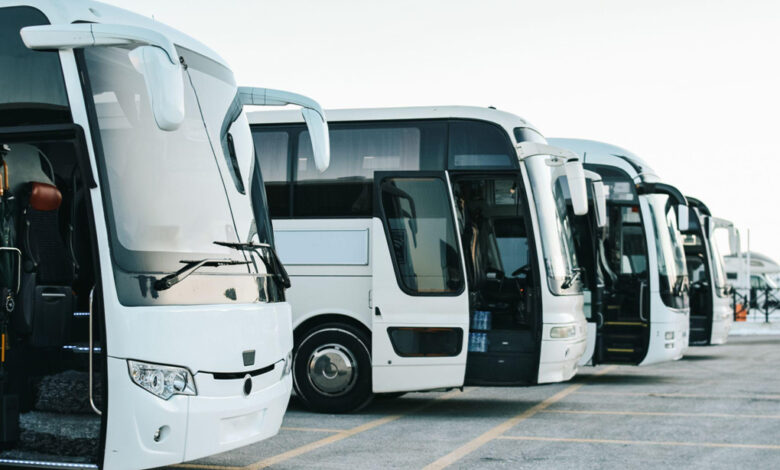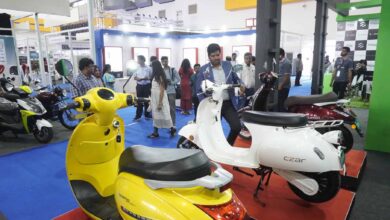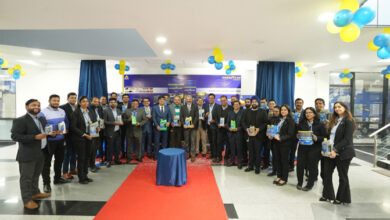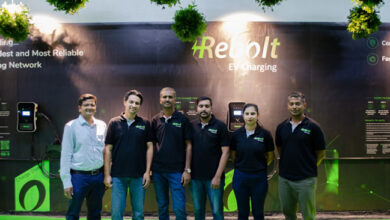Electric Sleeper Buses: Redefining Sustainable Cross-Country Travel in India

One of the most amazing developments in India’s rapidly evolving transportation scene is the introduction of electric sleeper buses. These environmentally friendly long-distance travel choices are becoming more and more popular as sustainability takes the stage. Thanks to scientific advances, electric buses are today not only sensible but also a revolution for environmental impact, comfort, and economy.
Why Electric Sleeper Buses Reflect the Travel Future?
Combining the benefits of electric mobility—including zero emissions and lowered running costs—with the comfort of conventional sleeper coaches, electric sleeper buses are poised to revolutionize India’s long-distance travel market. Here’s why:
- Running on electricity instead of diesel fuels, electric sleeper buses reduce carbon emissions and reliance on fossil fuels more than regular buses.
- Since there are fewer moving components, maintenance costs are significantly cheaper than those of fuel-powered buses; electricity is also less expensive.
- A quieter travel experience offered by electric buses enables passengers to enjoy more peaceful journeys.
- Many electric long-distance buses have smart connectivity options, ergonomic sleeping beds, and air conditioning to enhance passenger convenience.
- The Indian government is vigorously pushing electric vehicle adoption through laws and subsidies, accelerating the transition to electric buses.
Main Participants in the Indian Electric Sleeper Bus Market
Investing in electric intercity sleeper buses, numerous Indian and international businesses are helping to enhance the country’s public transportation network:
- Tata Motors is developing special electric buses designed for long-distance comfort.
- Ashok Leyland, in collaboration with transportation providers, is rolling out zero-emission electric buses for interstate travel using energy-efficient models.
- BYD India brings global expertise to the Indian electric bus market, advancing battery technology and increasing driving range.
Problems and Fixes for Electric Sleeper Buses
1. Charging Infrastructure System
- Charging infrastructure presents one of the biggest challenges for electric long-haul buses. Solutions include installing high-capacity charging stations along major highways.
- Battery-swapping technology helps reduce downtime and increase operational efficiency.
2. Battery Range and Efficiency
- Electric sleeper buses require long-range capability. High-capacity lithium-ion batteries with fast-charging support are being developed.
- Regenerative braking systems improve energy efficiency, allowing buses to travel longer distances on a single charge.
3. High Initial Costs
- Initially, electric buses are more expensive. However, government subsidies and incentives make them more financially viable.
- Lower fuel and maintenance costs result in long-term savings for operators.
Impact on India’s Long-Distance Travel Industry
The introduction of electric sleeper coaches is set to transform India’s transport landscape:
- Lower fuel expenses and reduced maintenance costs will bring financial benefits to transport companies and operators.
- Supporting India’s carbon neutrality goals aligns with sustainability efforts.
- Modern, quiet, and smooth rides will significantly improve the comfort of long-distance travel for passengers.
For fleet owners and transportation companies considering electric sleeper buses a constant source, and for the most current updates on electric commercial vehicles. 91trucks offers detailed automobile research, price comparisons, and expert reviews in the growing EV sector to help businesses choose wisely.














